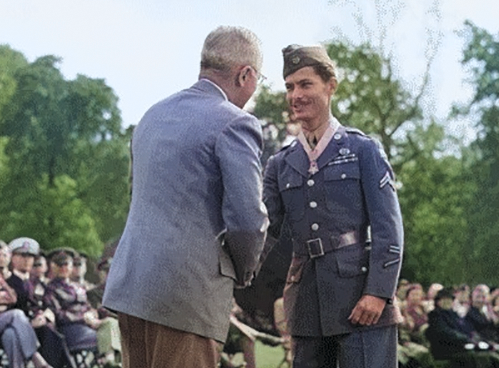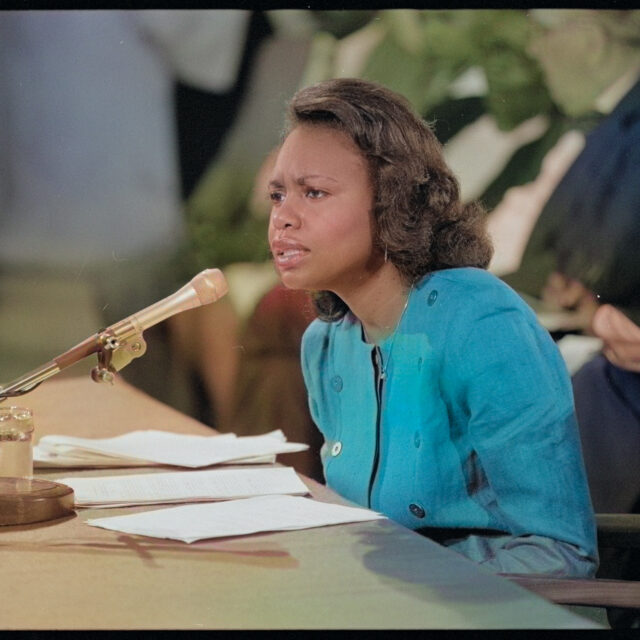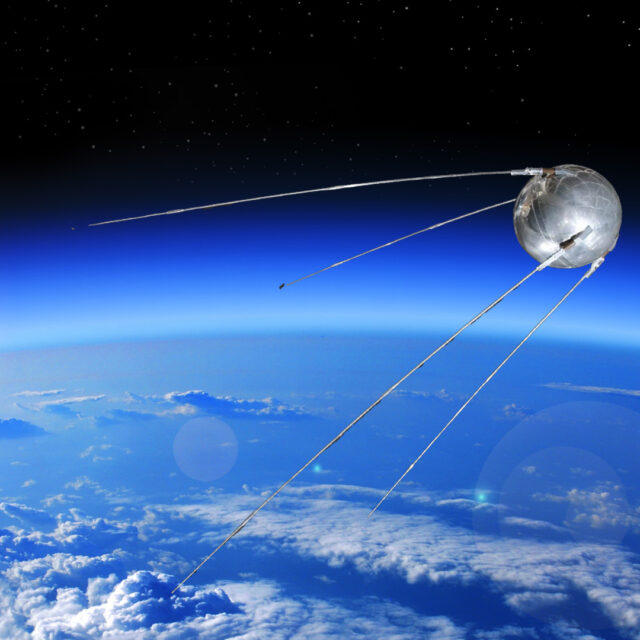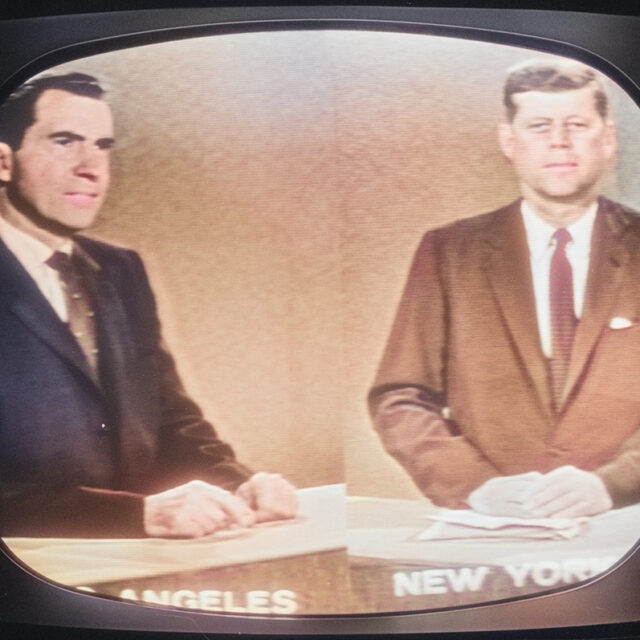
#OTD20 | September 29, 1950
A Line Regained: The Day U.S.-led Troops Reach the 38th Parallel
September 29, 1950: United States-led troops reach the 38th parallel in Korea, marking a pivotal moment in the Korean War.
After liberating the South Korean capital city, United States-led troops march north. By the end of September they reach the 38th parallel, the dividing line between North and South Korea.
Initially established as a temporary division after World War II, the 38th parallel is a symbol of Cold War divisions and ideological struggle. Pushing the invading enemy back north of the line represents a significant tactical gain and a morale booster for anti-communist forces.
Reaching the 38th parallel has a complex mix of implications. On the one hand, it buoys hopes for a swift end to the war. On the other hand, passing the threshold holds the potential for a significant escalation in the conflict.
The event leaves an indelible imprint on the geopolitics of the Korean Peninsula and remains a focal point in discussions about the still-ongoing tensions between North and South Korea.
Viewing Options
The Korean War is the focus of "Red Star Rising," one video chapter in our standards-base tour de force, "Cold War."
Additional Resources
Access more information from Media Rich Learning and curated off-site sources.
Remarkably social












